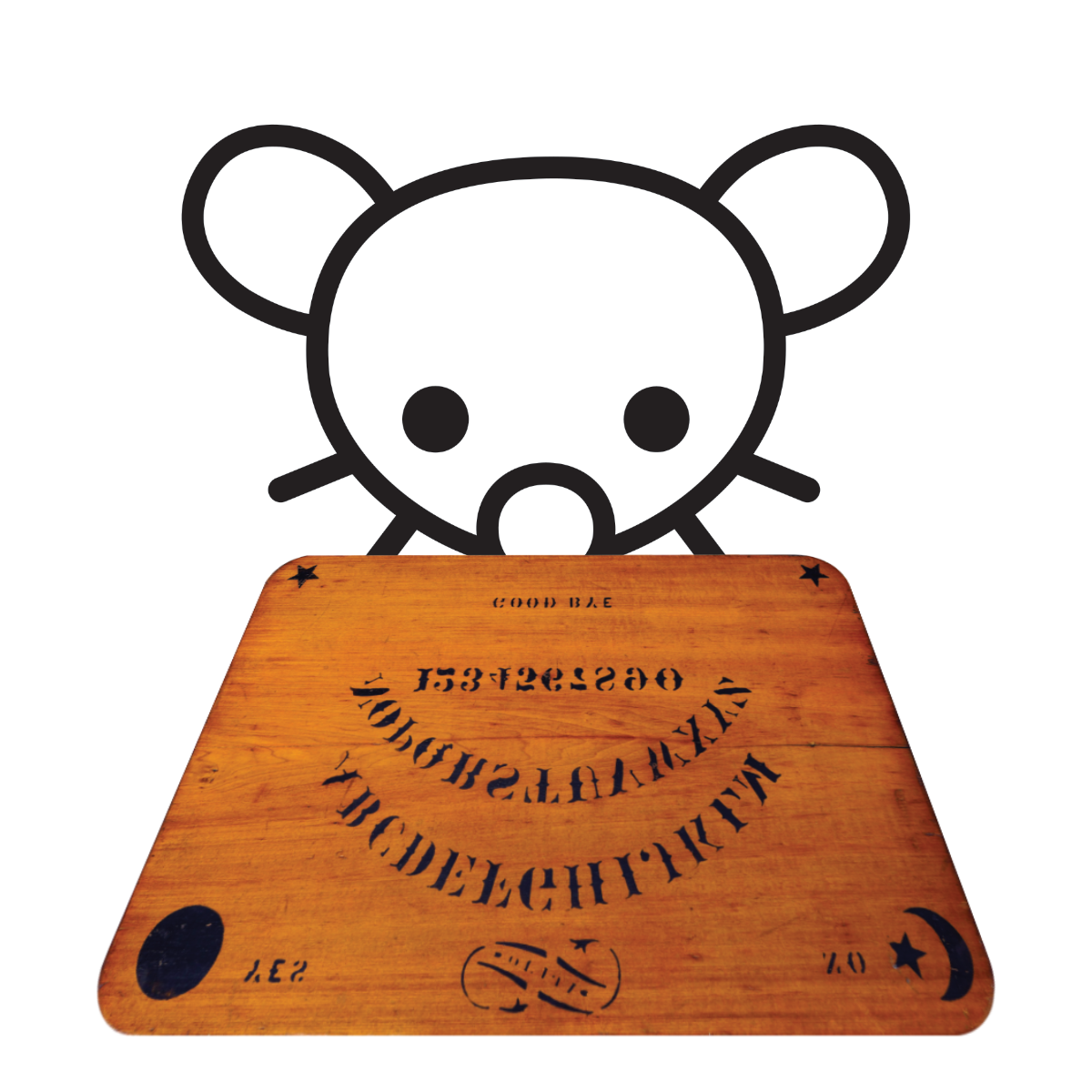It’s hype like this that breaks the back of the public when “AI doesn’t change anything”. Don’t get me wrong: AlphaFold has done incredible things. We can now create computational models of proteins in a few hours instead of a decade. But the difference between a computational model and the actual thing is like the difference between a piece of cheese and yellow plastic: they both melt nicely but you’d never want one of them in your quesadilla.
- 0 Posts
- 16 Comments
next up: “Great thanks we’re gonna sell all your photos unless you pay for a subscription. Gotta keep in business somehow!”

 21·2 months ago
21·2 months agoinvite me and I’ll bring my own alcohol. spread looks delicious!

 4·2 months ago
4·2 months agoAnother great example (from DeepMind) is AlphaFold. Because there’s relatively little amounts of data on protein structures (only 175k in the PDB), you can’t really build a model that requires millions or billions of structures. Coupled with the fact that getting the structure of a new protein in the lab is really hard, and that most proteins are highly synonymous (you share about 60% of your genes with a banana).
So the researchers generated a bunch of “plausible yet never seen in nature” protein structures (that their model thought were high quality) and used them for training.
Granted, even though AlphaFold has made incredible progress, it still hasn’t been able to show any biological breakthroughs (e.g. 80% accuracy is much better than the 60% accuracy we were at 10 years ago, but still not nearly where we really need to be).
Image models, on the other hand, are quite sophisticated, and many of them can “beat” humans or look “more natural” than an actual photograph. Trying to eek the final 0.01% out of a 99.9% accurate model is when the model collapse happens–the model starts to learn from the “nearly accurate to the human eye but containing unseen flaws” images.
uhhh… Is that “confirmed”? Seems to say “Trump still won’t commit” which is substantially different from “Trump won’t do it”
Yeah, I grew up in Fahren-wasteland, but have lived in Celsi-heaven for 7 years. I embraced it, and now when someone says “40 FUCKING DEGREES!!” I know exactly what they’re talking about. It’s hot. You probably don’t have an air con. It’s misery.
I love my ThinkPad, but that’s mostly because of the TrackPoint

 1·3 months ago
1·3 months agooh nice! I found the same labyrinth after 4-5 taps.
this is so exciting! I imagine in the next few days I might be able to get to the content!!!

 251·3 months ago
251·3 months agoI just had a seizure
readingtrying to read this “article”. what do I even click to escape??
 8·3 months ago
8·3 months agopussies are tough. Trump is a spray-tanned ballsack

 34·6 months ago
34·6 months agoFavourite part of the whole article:
A spokesperson for Truth Social said, “It’s hard to believe that Reuters, once a respected news service, has fallen so low as to publish such a manipulative, false, defamatory and transparently stupid article as this one purely out of political spite.”
“You never saw what you thought you saw. And even if you did, it was entirely justified and your interpretation was extreme.”





vote Kamala. anything else will make you hate everywhere else in addition to America :D